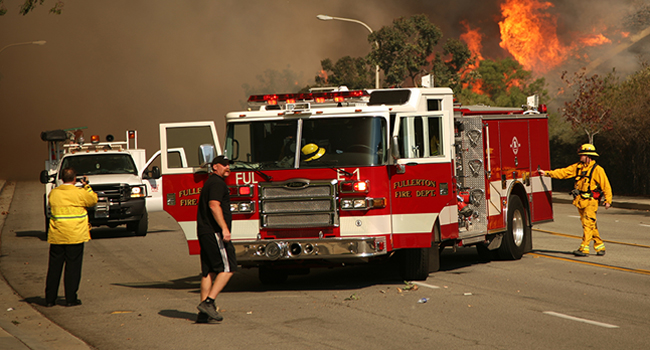
Drones Halted California Firefighters' Efforts to Contain Wildfire
- By Ginger Hill
- Jul 20, 2015
As a massive wildfire engulfed Cajon Pass, California yesterday, firefighters were forced to ground their aircraft until five recreational drones stopped flying around in the airspace. Over 20 vehicles were destroyed as the fire quickly crossed Interstate 15. Had it not been for the invasive drones, firefighters might have been able to better contain the out-of-control flames.
Because firefighting aircraft fly so low when performing water drops, drones can wreak havoc for them. As soon as officials see drones, they shut down all aircraft for safety reasons. For example, should a drone get stuck into a wing or propeller, this could result in serious repercussions.
In this situation, ground crews had to stop fighting fires, look for the drone operators and instruct them to stop flying around the fire so that aircraft could continue their attempts at controlling the blaze. This delayed firefighting efforts for 26 minutes, in which battalion chief of the San Bernadino Fire Department verified that this delay “definitely contributed” to the fire hopping the freeway.
mikeledray / Shutterstock.com
About the Author
Ginger Hill is Group Social Media Manager.